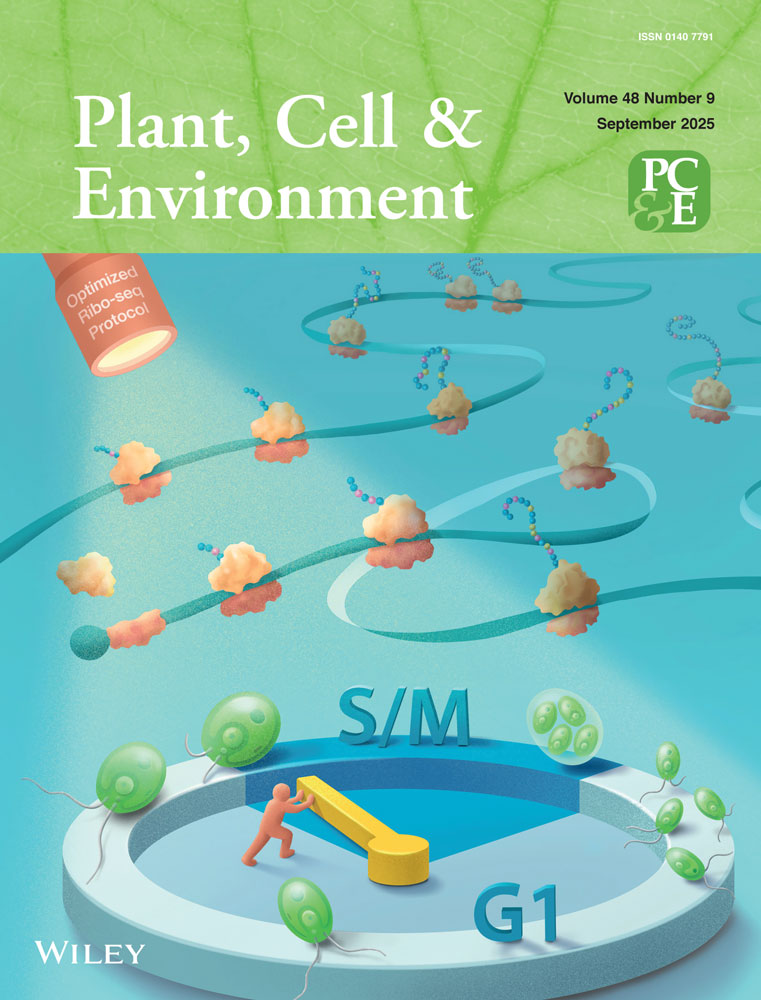Naturally low carbonic anhydrase activity in C4 and C3 plants limits discrimination against C18OO during photosynthesis
ABSTRACT
The 18O content of CO2 is a powerful tracer of photosynthetic activity at the ecosystem and global scale. Due to oxygen exchange between CO2 and 18O-enriched leaf water and retrodiffusion of most of this CO2 back to the atmosphere, leaves effectively discriminate against 18O during photosynthesis. Discrimination against 18O (Δ18O) is expected to be lower in C4 plants because of low ci and hence low retrodiffusing CO2 flux. C4 plants also generally show lower levels of carbonic anhydrase (CA) activities than C3 plants. Low CA may limit the extent of 18O exchange and further reduce Δ18O. We investigated CO2–H2O isotopic equilibrium in plants with naturally low CA activity, including two C4 (Zea mays, Sorghum bicolor) and one C3 (Phragmites australis) species. The results confirmed experimentally the occurrence of low Δ18O in C4, as well as in some C3, plants. Variations in CA activity and in the extent of CO2–H2O isotopic equilibrium (θeq) estimated from on-line measurements of Δ18O showed large range of 0–100% isotopic equilibrium (θeq= 0–1). This was consistent with direct estimates based on assays of CA activity and measurements of CO2 concentrations and residence times in the leaves. The results demonstrate the potential usefulness of Δ18O as indicator of CA activity in vivo. Sensitivity tests indicated also that the impact of θeq< 1 (incomplete isotopic equilibrium) on 18O of atmospheric CO2 can be similar for C3 and C4 plants and in both cases it increases with natural enrichment of 18O in leaf water.
Abbreviations:
-
- VPDB
-
- Vienna Pee Dee Belemnite
-
- VPDB-CO2
-
- CO2 produced from Vienna Pee Dee Belemnite
Symbols:
-
-
- Definitions of symbols used are given in the Appendix




